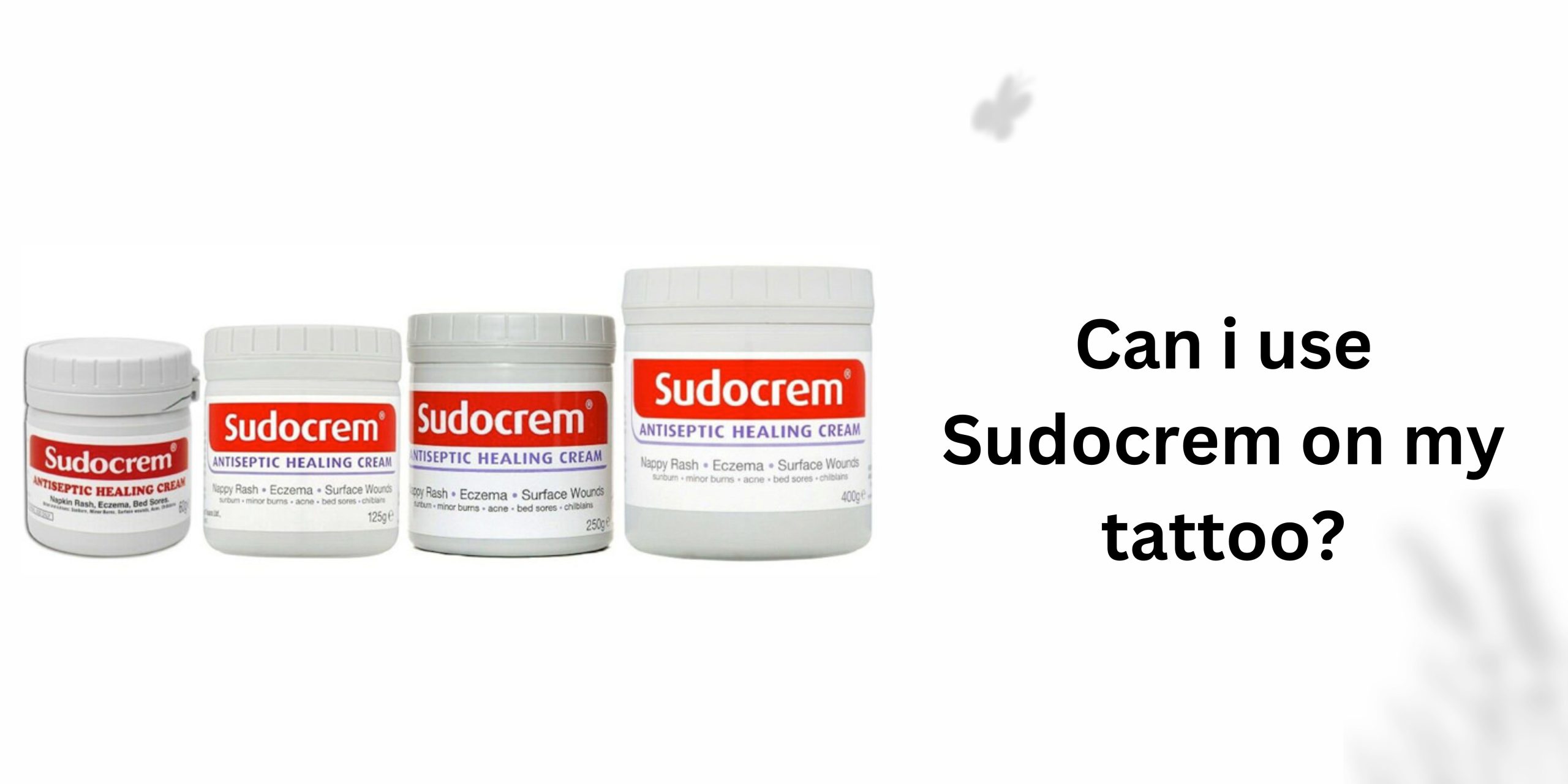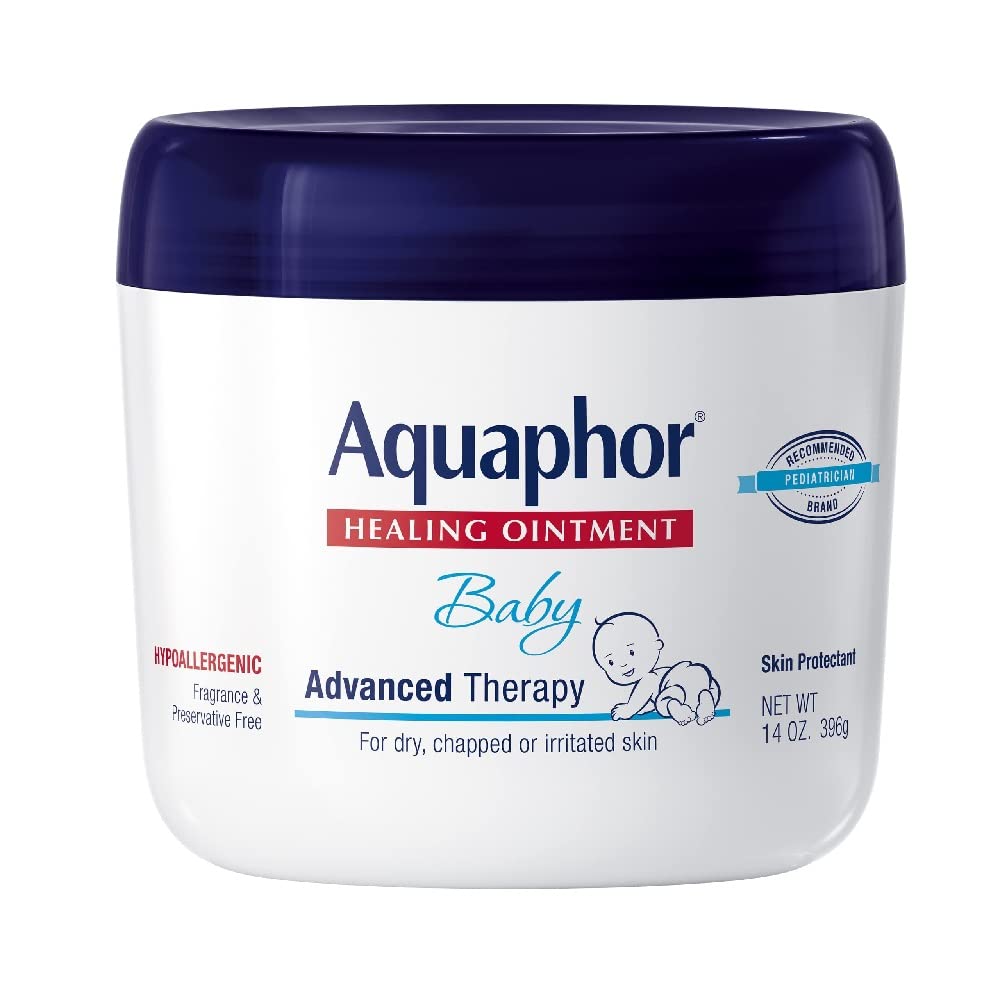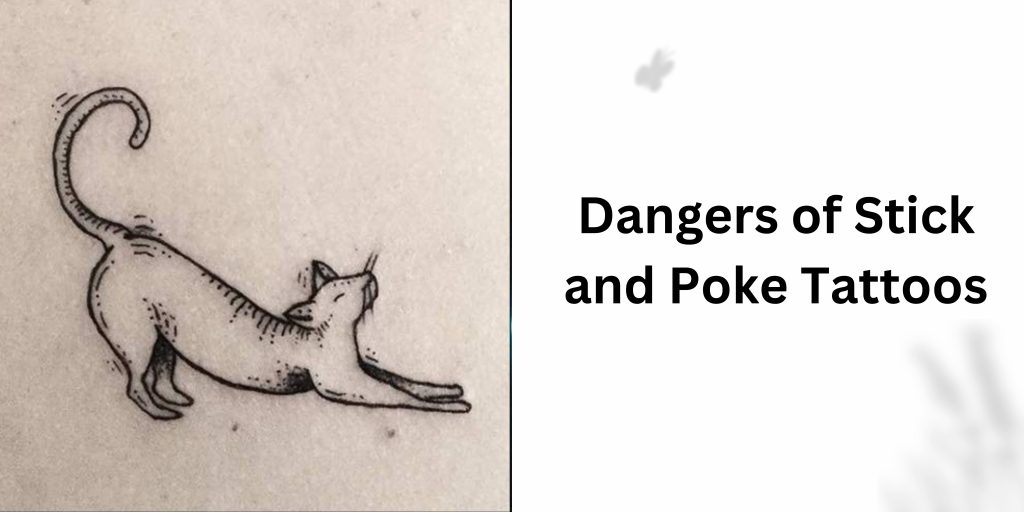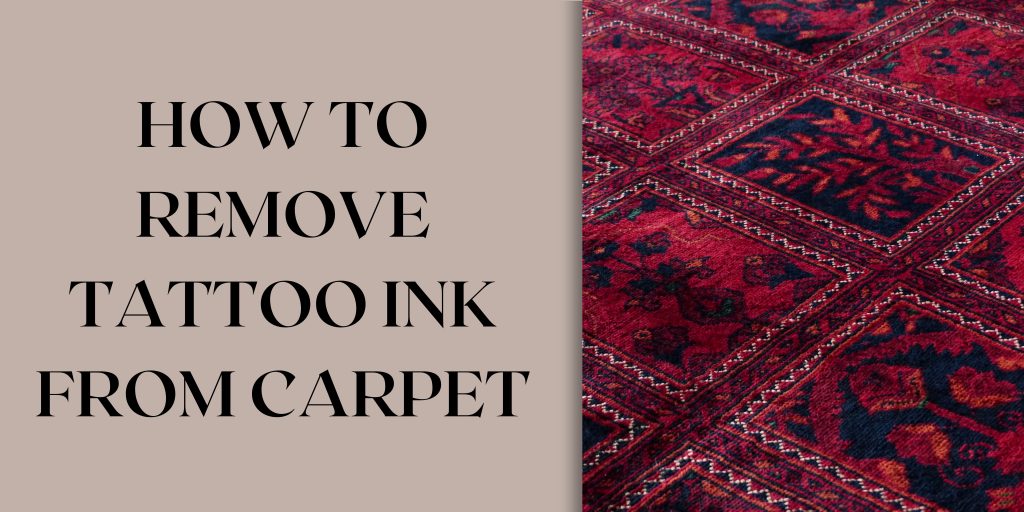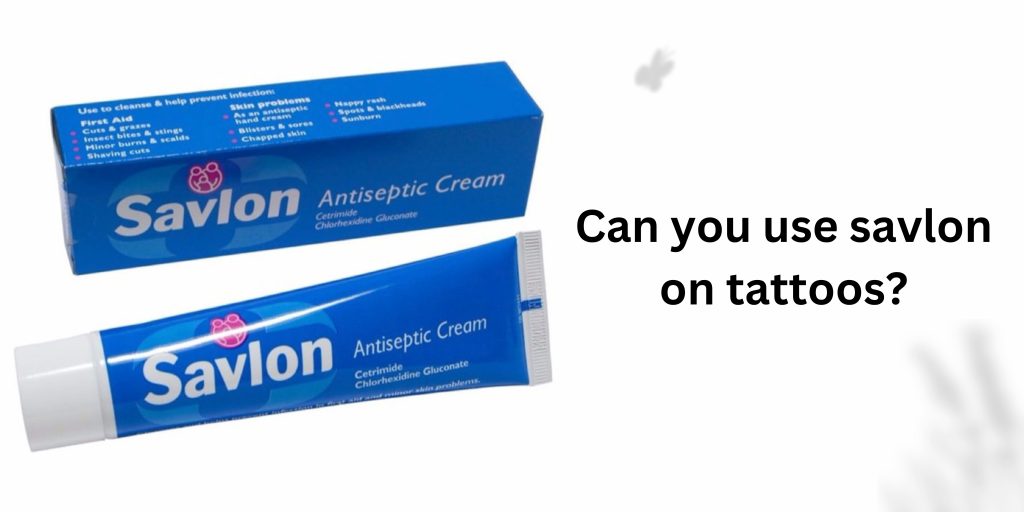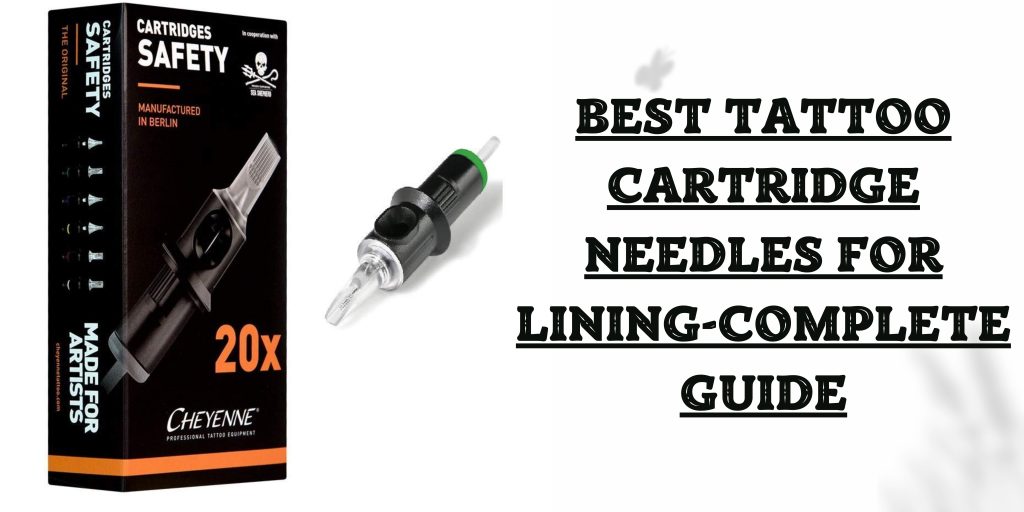So, you’ve just gotten some fresh ink and you’re likely wondering how to take care of it properly. After all, a new tattoo is essentially an open wound, and it requires specific care to ensure proper healing and to avoid infections. With so many opinions floating around, it’s easy to get confused about the best aftercare methods. One common question that often arises is whether Sudocrem, a popular antiseptic healing cream, is suitable for use on fresh tattoos. Let’s dive into this topic and explore whether using Sudocrem on your tattoo is a good idea.
What is Sudocrem?
Sudocrem is a well-known antiseptic healing cream commonly used to treat various skin conditions. It contains a blend of ingredients, including zinc oxide, benzyl benzoate, and benzyl alcohol, among others, and is often used to soothe and protect the skin. Sudocrem is known for its ability to create a protective barrier on the skin and is frequently used to alleviate issues such as diaper rash, minor burns, and eczema.
Sudocrem Ingredients:
Zinc Oxide:
This essential component serves as a protective barrier on the skin, forming a layer that shields it from irritants and excessive moisture. Zinc oxide is particularly useful in addressing diaper rash, as it helps prevent further irritation and soothes the affected area. Its presence in Sudocrem is instrumental in providing relief for various skin conditions that require a protective layer to promote healing.
Benzyl Benzoate:
Acting as a mild antiseptic, benzyl benzoate contributes to Sudocrem’s ability to prevent infections and aid in the healing of damaged skin. This ingredient helps to fight off harmful bacteria and microorganisms, thereby reducing the risk of potential skin infections. Its inclusion in the formulation enhances the overall effectiveness of Sudocrem in managing and treating skin ailments.
Benzyl Alcohol:
Another crucial component with mild antiseptic properties, benzyl alcohol further supports Sudocrem’s role in preventing infections and promoting the healing of the skin. It assists in maintaining the overall hygiene of the affected area, making it less susceptible to external contaminants that could potentially hinder the healing process. Its presence in Sudocrem underscores the product’s ability to provide a protective and healing environment for the skin.
Read More: Can I Use Dove Sensitive Skin on My Tattoo?
Editor Choice
Aquaphor Healing Ointment
Sudocrem and Tattoos: The Controversy
Now, here’s where the controversy comes into play. Some individuals claim that using Sudocrem on tattoos can aid in the healing process, while others argue that it might hinder healing by clogging the pores and causing the colours to fade. The truth is, that the efficacy of Sudocrem on tattoos largely depends on various factors, including the stage of the healing process and the specific ingredients of the cream.
Using Sudocrem on a Fresh Tattoo
While Sudocrem has been touted as a remedy for various skin issues, its application on a fresh tattoo requires caution. The general consensus among tattoo artists and dermatologists is that Sudocrem might not be the best option during the initial stages of tattoo healing. Its thick consistency could potentially clog the pores and prevent the tattoo from “breathing,” hindering the skin’s natural healing process. Additionally, some of its ingredients may not be entirely suitable for the sensitive, healing skin of a fresh tattoo.
Read More: Understanding Savlon and its Uses
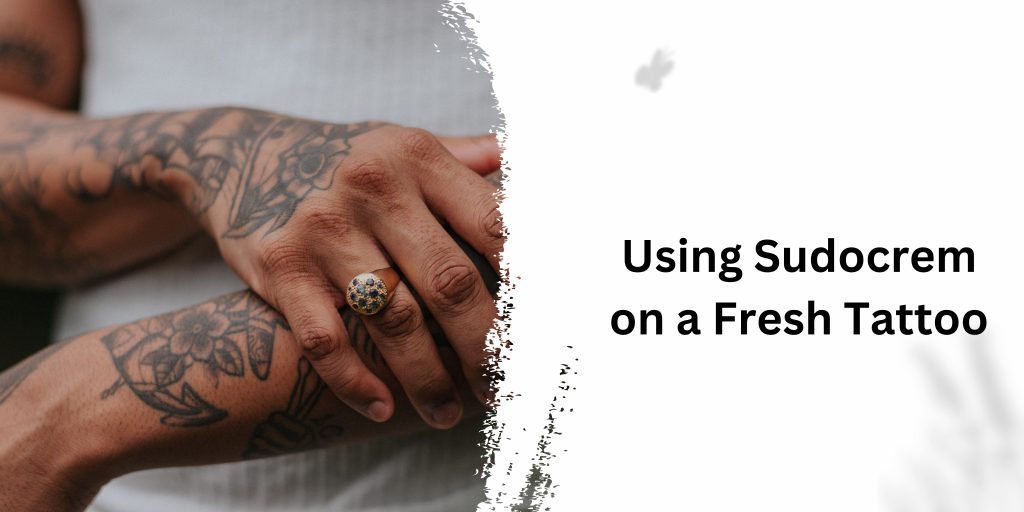
Why You Shouldn’t Use Sudocrem on Tattoos
Using Sudocrem on tattoos, especially during the initial stages of the healing process, is generally discouraged for several reasons. Firstly, Sudocrem’s thick consistency can potentially clog the pores, creating a barrier that hinders the skin’s natural healing process. This barrier may impede the necessary airflow and moisture balance, which are crucial for the tattooed skin to heal properly.
Additionally, some of Sudocrem’s ingredients, such as zinc oxide, may not be entirely suitable for the sensitive and healing skin of a fresh tattoo. While zinc oxide is effective in forming a protective layer for certain skin conditions, it may not be the most suitable option for aiding the healing of a newly tattooed area.
Furthermore, Sudocrem’s composition may not be specifically tailored to meet the unique needs of a healing tattoo. Its antiseptic properties, although beneficial for general skin conditions, might not align with the specific requirements of a tattoo’s vibrant colours and intricate design.
| Pros of Using Sudocrem on Tattoos | Cons of Using Sudocrem on Tattoos |
|---|---|
| Provides a protective barrier on the skin | Thick consistency can clog pores and hinder the skin’s natural healing process |
| Contains mild antiseptic properties | Some ingredients may not be suitable for the sensitive, healing skin of a fresh tattoo |
| Soothes and protects the skin from irritants | May not be specifically tailored to meet the unique needs of a healing tattoo |
| Offers relief for minor skin issues and irritations | Antiseptic properties may not align with the specific requirements of preserving vibrant tattoo colors and intricate designs |
Alternatives to Sudocrem for Tattoo Aftercare
If Sudocrem isn’t the best option for your fresh tattoo, what alternatives are available? Many tattoo artists recommend using a specialized tattoo aftercare product or a mild, fragrance-free moisturizer to keep the tattooed area hydrated and protected. These products are designed specifically for the needs of healing tattoos, ensuring that the colours remain vibrant and the skin heals properly.
Final Thoughts
While Sudocrem has its merits as an effective healing cream for various skin issues, it might not be the ideal choice for your fresh tattoo. Its thick consistency and specific ingredients could potentially impede the tattoo’s healing process and affect its final appearance. When it comes to tattoo aftercare, prioritizing the advice of your tattoo artist and dermatologist is key to ensuring the longevity and vibrancy of your new ink. Remember, taking proper care of your tattoo during the healing process is crucial for enjoying its beauty for years to come.

